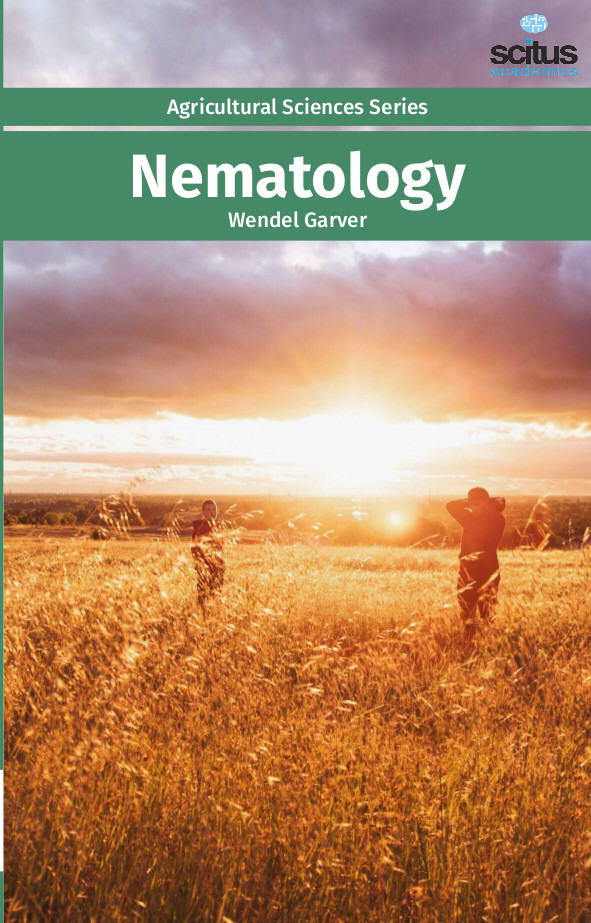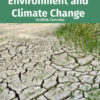Plant parasitic nematodes are so wide spread and universal in distribution that no living plant is likely to be free from their attack. All cultivated crops are usually attacked by one or more species of nematodes. Crop losses by pests (insects, diseases and weeds) are as old as plant themselves but as agriculture are intensified and cropping patterns including the cultivation of high yielding varieties and hybrids are changing over time the impact of the pests becoming increasingly important. It will indeed be a wonder if any crop is free from plant parasitic nematodes [PPN]. Many a times in olden days, nematodes have caused people to migrate due to soil sickness. It has been estimated by the International Meloidogyne Project that nematodes cause annual looses of 78 billion US dollars in developed countries and more than 100 billion in the developing countries. Nematode problems are more severe and complicated in warmer than cooler areas, in horticultural than field crops, mono-culture than multi-culture, plantation crops than natural forests and vegetation. Horticultural crops are more efficient producers of biomass and harvestable produce than the agronomical crops. Nematodes pose a constraint to horticultural development and intensive cultivation. It has been estimated that annually an average 6% loss in field crops, 12% in fruit and nut crops and 11% in vegetables and 10% in ornamental crops is due to nematode infections. Besides causing quantitative losses, nematodes are known to reduce vitamins and minerals in edible plant parts. Nematode damage is less obvious and many a times goes unnoticed. It causes gradual decline in yield. Nematodes cause complex diseases in association with other soil-borne pathogens. Management of plant-parasitic nematodes is complicated by the complexity of the soil environment. Chemical, biological, and cultural methods along with the use of host plant resistance comprise management strategies that have decreased the risk of damage by many nematode species.
This book ‘Nematology’ covers the nematodes specificities and their interactions with plants are reviewed, considering host plants quality and compatibility. The potentials of nematode resistance and diversity of antagonists and parasitism are discussed, in relation to host specificity and obligate multitrophic relationships. The ecology and management of nematode communities are also discussed, focusing on soil health approaches and new paradigms for plant protection.













